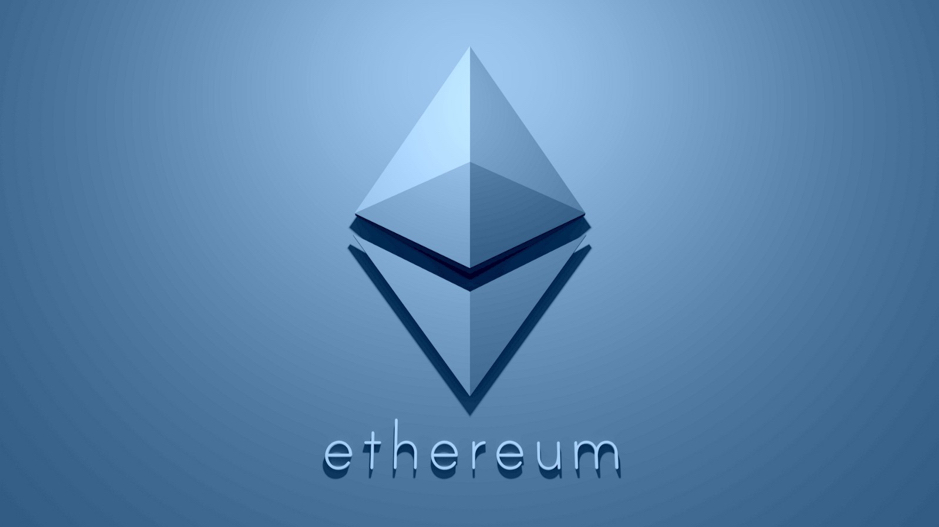Ethereum’s Path To $3K Key Factors To Watch
2024-11-01 08:13:25With a few critical adjustments to the Ethereum network, ETH's price could see a sustained rally to $3,000 and beyond.

Source: kyrr.io
On Oct. 30, Ether's price climbed to $2,700, its highest level in ten days, but faced strong resistance on Oct. 31, pushing it back down to $2,550. This trend followed Bitcoin's movement, which dropped 4% from its Oct. 29 peak of $73,575.
Traders are now considering what it would take for Ether to reclaim the $3,000 level. Key factors likely include lower transaction fees, increased institutional adoption, and improved incentives for staking ETH. Joe Consorti, a Bitcoin advocate and builder at Theya Inc., noted that while spot Ethereum ETFs in the U.S. have struggled to attract investors, similar Bitcoin ETFs saw $3.3 billion in inflows within just one week.
Ethereum’s Market Share Declines As Native Staking Falls
Blaming Ether’s struggle to break above $2,700 solely on weak institutional demand is shortsighted; this is more of a result than a root cause. Solana, for instance, has overtaken Ethereum as the leader in decentralized application (DApp) transaction volume, especially in decentralized exchanges (DEXs), though some argue Solana’s rise is fueled by memecoin trading, which spiked in October. In contrast, Ethereum's demand is rooted in established decentralized finance (DeFi) platforms like Balancer, Curve, Pendle, and Ether.fi.
When adding up layer 2 activities across networks like Base, Arbitrum, Polygon, and Avalanche, Ethereum maintains dominance. It also leads in total value locked (TVL), with Ethereum's base layer at $48.8 billion compared to Solana’s $6.27 billion. Even if memecoin trading grows, it remains a minor part of the DApps landscape.
Despite a solid $116 billion in DApp volume over 30 days, Ethereum’s transaction fees are steady. According to StakingRewards, ETH staking yields 3.4% annually, less than Solana’s 6.5% and Tron’s 4.5%, leading to a net withdrawal of 180,000 ETH from staking. Ethereum developers are addressing this with EIP 7742, which introduces dynamic costs and values for the temporary data layer to optimize scalability, as Vitalik Buterin discussed in relation to a full capacity fixed blob count.
Scheduled for early 2025, Ethereum's Pectra upgrade (EIP 7623) will raise maximum block size from 1 to 2.7 megabytes. The debate centers on balancing affordable transactions with rewarding ETH staking. Institutional adoption, a key driver for a $3,000 Ether, faces challenges from the US SEC’s strict stance on spot Ethereum ETFs, which hinders staking based fund strategies. In contrast, Bitcoin’s consistent monetary policy has attracted major institutional investors.
Once celebrated as ultrasound money, Ethereum now grapples with an expanding supply and a focus on layer 2 solutions, which could challenge network security. For ETH to rally sustainably, the network may need significant structural adjustments.
Disclaimer: FameEX makes no representations on the accuracy or suitability of any official statements made by the exchange regarding the data in this area or any related financial advice.